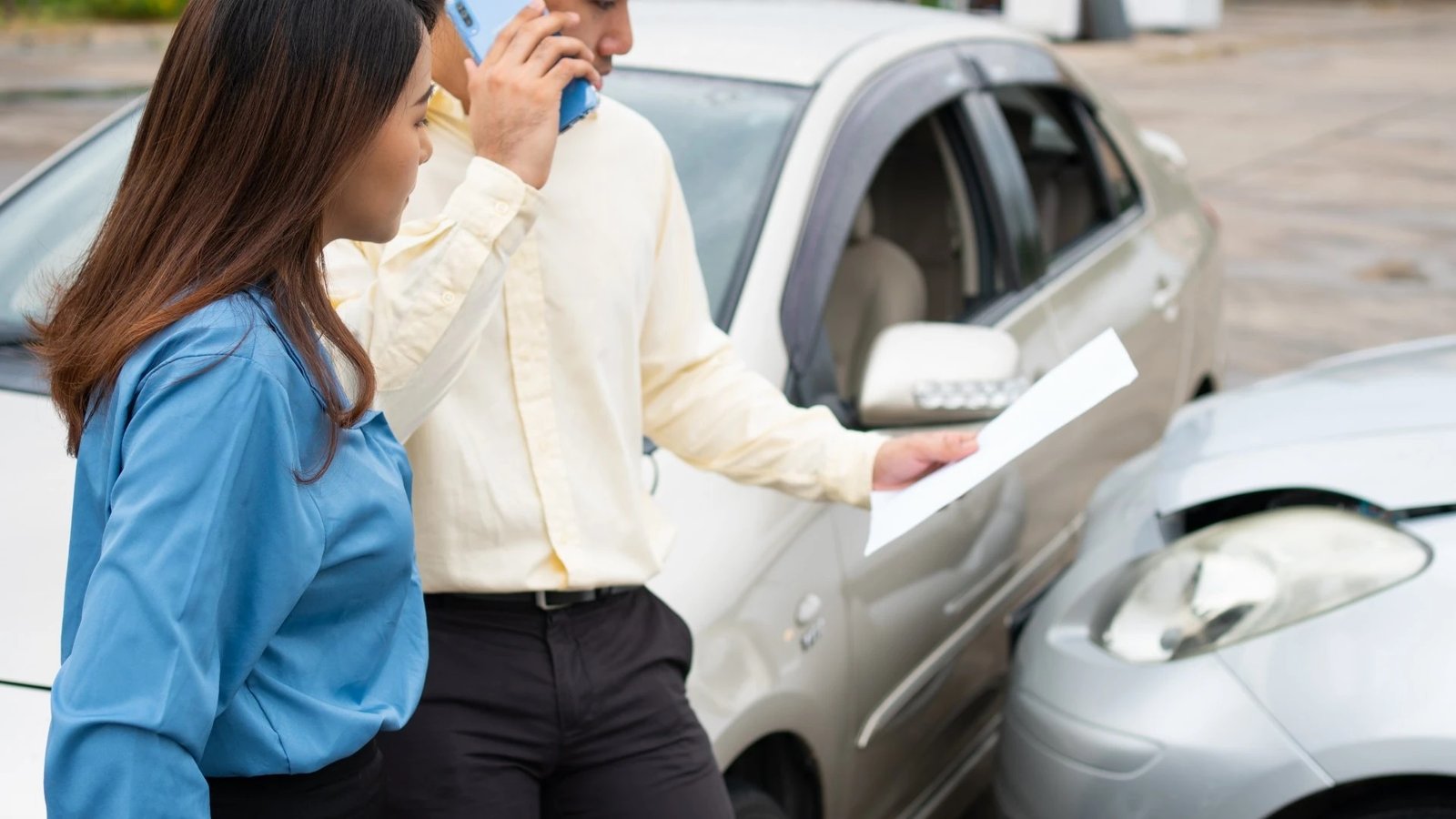All You Need to Know about Alabama Car Insurance Law
Alabama drivers need to be aware of the state’s car insurance laws to ensure they are compliant. In Alabama, all drivers are required to have a policy with a minimum amount of liability coverage. This regulation is designed to protect you from the financial impact of an accident. Driving without this minimum coverage is illegal, and if you are found at fault in an accident without it, you could be responsible for covering damages or injuries out-of-pocket.
Alabama’s Minimum Car Insurance Requirements
Most states mandate a minimum level of car insurance coverage, and Alabama is no different. While various forms of car insurance exist, understanding the legal requirements is paramount.
Alabama’s minimum car insurance liability limits are commonly expressed as 25/50/25. Here’s what this breakdown means:
- $25,000 Bodily Injury Liability per Person: This covers medical expenses and lost wages for another driver or passenger injured in an accident you cause, with a maximum of $25,000 per person.
- $50,000 Total Bodily Injury Liability per Accident: This signifies the maximum amount your insurance will pay for total bodily injury for all parties involved in an accident you cause.
- $25,000 Property Damage Liability per Accident: This covers repairs to the other driver’s vehicle if you’re at fault in an accident.
Why Liability Insurance is Mandatory:
Alabama mandates liability insurance because it protects others financially when you’re responsible for an accident. This insurance covers:
- Bodily Injury Liability: As mentioned earlier, this covers medical expenses and lost wages for the injured party.
- Property Damage Liability: This takes care of repairs to the other driver’s vehicle if you cause the accident.
Important Note: It’s crucial to understand that liability insurance only covers the other driver and their vehicle. It doesn’t cover any injuries or damage to your own car or yourself.
Is Minimum Coverage Enough?
While the minimum coverage is legal, it might not be sufficient in all situations. Consider these factors:
- Cost of Major Accidents: If you cause a severe accident with high medical bills, $25,000 per person might not cover everything. You could be left with significant out-of-pocket expenses.
- Increasing Your Coverage Limits: Raising your coverage limits provides additional protection. For example, increasing your bodily injury liability to 100/300/100 offers a higher payout for injuries and damages.
Beyond Minimum Coverage: Additional Options for Complete Protection
While liability insurance is mandatory, consider these additional coverages for a more comprehensive safety net:
- Comprehensive Coverage: This protects your vehicle against non-collision events like theft, vandalism, weather damage (hail), and animal collisions.
- Collision Coverage: This covers repairs to your car resulting from collisions with other vehicles or objects.
- Loan/Lease Payoff (Gap Coverage): This is crucial if your vehicle is financed. It covers the difference between the car’s actual cash value and the remaining loan balance if your car is totaled.
- Medical Payments (MedPay): This pays for medical expenses for you and your passengers after an accident, regardless of who’s at fault.
- Rental Car Reimbursement: Reimburses the cost of a rental car while your vehicle is undergoing repairs. This may not apply if your damaged car remains drivable.
- Roadside Assistance: Provides 24/7 assistance for flat tire repairs, battery jumps, and towing. Coverage details vary depending on the insurer.
- Uninsured Motorist Bodily Injury (UMBI): This protects you and your passengers from injuries caused by drivers with no insurance who cannot cover your damages. UMBIs are highly recommended in Alabama, considering the number of uninsured drivers on the road.
Fault-Based System vs. No-Fault System: Understanding Alabama’s Approach
Alabama operates under a fault-based car accident system. This means the driver who caused the accident is financially responsible for covering the other driver’s expenses through their insurance. The determination of fault relies on evidence gathered by police and insurance companies.
Here’s how it works:
- Police and Insurance Companies Determine Fault: Based on available evidence, they will determine the percentage of fault attributed to each driver.
- At-Fault Driver’s Insurance Pays: The at-fault driver’s insurance will pay for the other driver’s damages up to their policy limits.
- Out-of-Pocket Expenses: If the damages exceed the at-fault driver’s insurance coverage limits, they are responsible for paying the remaining amount out-of-pocket.
Shared Fault in Alabama:
Alabama recognizes shared fault. For instance, one driver could be 25% responsible for an accident, while the other might be 75% responsible. This means each driver’s insurance company will contribute proportionally to cover damages based on the assigned percentage of fault.



